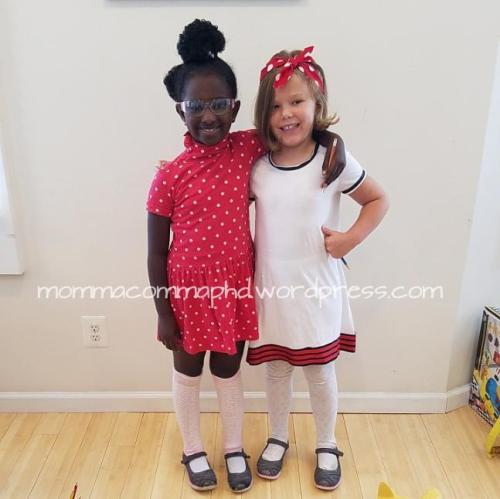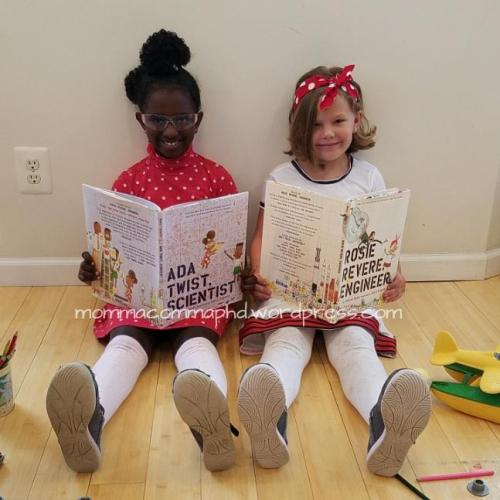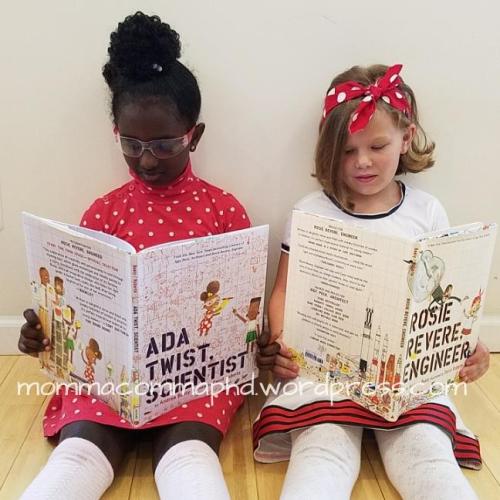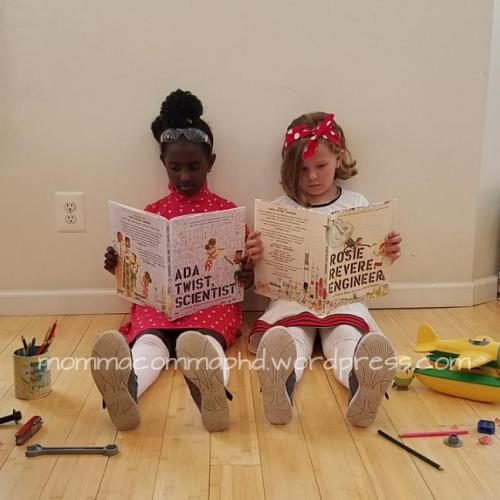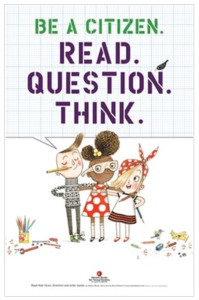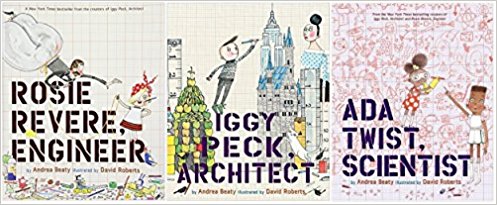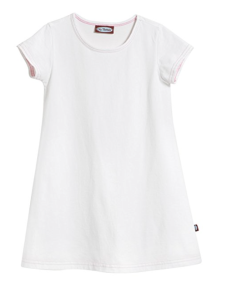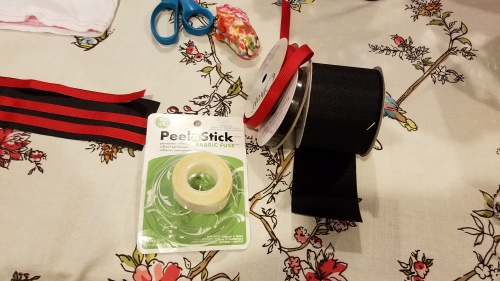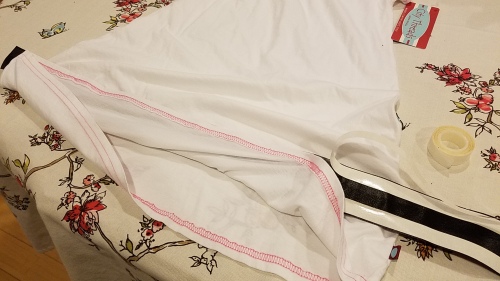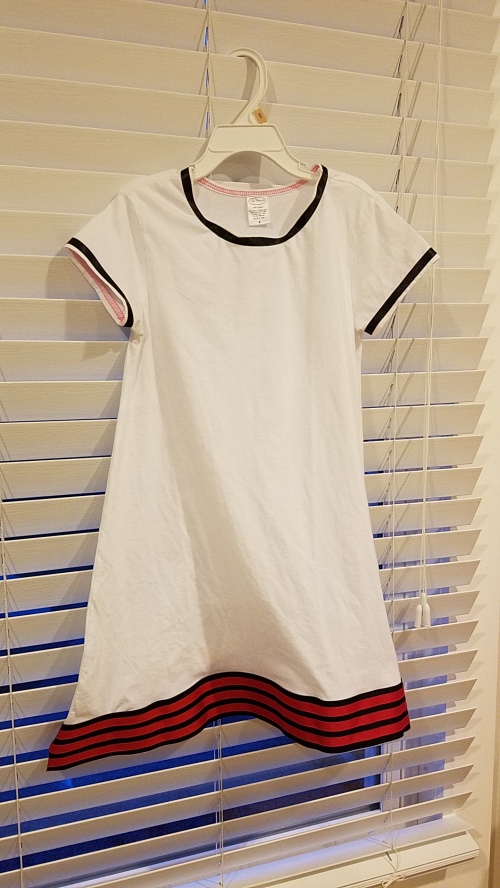It’s become a yearly tradition- the first confirmed report of West Nile Virus in a mosquito. The winner in New York State this year is Rockland County!! They found their first positive mosquito just last week! So far this year there have not been any reported human cases, but it’s still early in the season. Last year NY had 33 cases. (Source)
I’ve written before about my not-so-illustrious research career, specifically the summer I spent working for my local county health department doing West Nile Virus (WNV) surveillance, here. Back then, 2001, West Nile was an emerging disease. The first cases had been reported in New York City in 1999, and each year subsequent had seen an increase in cases as the virus spread. More than once that summer, I answered panicked phone calls from residents who found dead birds on their property and were fearful of disease.
As I did then, I hope this post will help allay fears, and educate readers about West Nile, what it is, how it spreads, how it’s monitored, and how you can help prevent it!
What is West Nile Virus?

The structure of the West Nile Virus, solved by a group at Purdue. (Source)
As the name implies, West Nile is a virus, of the genus flaviviruses (Dengue virus is in the same genus). WNV can infect certain birds and mosquitoes as well as many mammals including humans and horses. The virus is spread by mosquitoes the feed on infected animals and transmit it by feeding on uninfected animals. WNV was first identified in Uguanda in the 1930s. How it came to New York City in 1999 is unknown, however, “international travel of infected persons to New York, importation of infected birds or mosquitoes, or migration of infected birds are all possibilities.” (Source, CDC) Since arriving in North America, WNV has spread over all of North America and Mexico.
How is it detected?
The virus can be detected in samples from infected animals (blood, tissues, etc), including mosquitoes. The summer I worked for the health department, one of my primary tasks was to collect dead birds and send them to a state lab for testing to detect WNV. Another was to trap mosquitoes (you can see the type of trap we used below), sort them by species (and gender, only females bite!), and pool them so they can be sent for testing. Research conducted when WNV first emerged in the US showed that the density of dead crows correlated with the risk of WNV infecting humans (Source). Thus, our collection and reporting on the species and location of dead birds was crucial.

Mosquito trap: the bucket contains fetid water (attractive to a gravid female mosquito looking for a place to lay her eggs), some dry ice (mimicking a the CO2 mammals exhale), a net, and a battery-operated fan. The mosquitoes fly towards the water, the fan sucks them up into the net and keeps them there. (Image Source)
What are the symptoms of WNV infection?
The vast majority of people (70-80%) who are infected with WNV will show no symptoms at all. So, you may have already had it and your immune system fought it off without you even knowing you were sick. The remaining ~20% may have flu-like symptoms- headache, body aches, joint pain, vomiting, diarrhea, or rash– and recover completely. A very small percentage of people (less than 1%) will develop neurological condition- encephalitis or meningitis (the inflammation of the brain or its surrounding tissue). The symptoms of the encephalitis/meningitis include headache, high fever, stiff neck, disorientation, coma, seizure, etc. The neurological condition will prove fatal in about 10% of cases.
What are the treatments?
There is no vaccine against WNV for people (there is one for horses). There is also no specific treatment for WNV, just over-the-counter pain relievers/fever reducers, and other supportive care (fluids, pain relief).
Who is at risk?
The elderly are most at risk, with most cases of WNV occurring in people over 60 years of age (Source). Certain illness can make people more vulnerable to complications from WNV infection- those who are immune suppressed (organ transplant recipients, cancer patients, etc.).
Is West Nile Virus in my area?
So far this year, it’s still early in the season. As I said above, NY just had their first positive mosquito. To view the CDC’s current map of West Nile Virus activity per state, click here.

West Nile Virus Activity by State – United States, 2014 (as of June 10, 2014) (Source)
As our climate continues to change, and warm, data show West Nile will continue to spread.
How does it spread?
The West Nile Virus is primarily spread through mosquito bites. WNV is endemic in birds and spread vie mosquitoes in that population. Occasionally an infected mosquito bites a human and transmits the virus. There have been reported cases of human to human transmission, but only through organ donation and blood transfusions.

Transmission cycle of West Nile Virus. (Source)
What can I do keep from getting WNV?

Clatsop County Oregon’s approach. (Source)
Long sleeves/pants/socks, insect repellent, and window screens can keep you from getting bitten. You can also make it harder for mosquitoes to breed near you- avoid having ANY STANDING WATER on your property. That includes birth baths, old tires (there are prime breeding grounds), wheel barrows, sand boxes, water tables, flower pots, tarps, any place water can accumulate, mosquitoes can lay their eggs.
When I worked for my local health department, we routinely kept our eyes out for sources of standing water and encouraged the public to notify us if they found a source. We’d get calls about abandoned properties (with swimming pools, bird baths, etc) and go out to try and get homeowners and business owners to fix the problems. If you see a problem area, I’d encourage you to call your local health department. Also, if you find a dead bird- give them a call, they may want to send it for testing.

Washtenaw County Michigan’s approach. (Source)
The bottom line.
Chances of you or your kids getting sick from WNV are pretty slim. That said, avoiding mosquito bites is the best way to keep yourself safe. Keep yourself covered, keep mosquitoes out of your house, remove any sources of standing water on your property.

